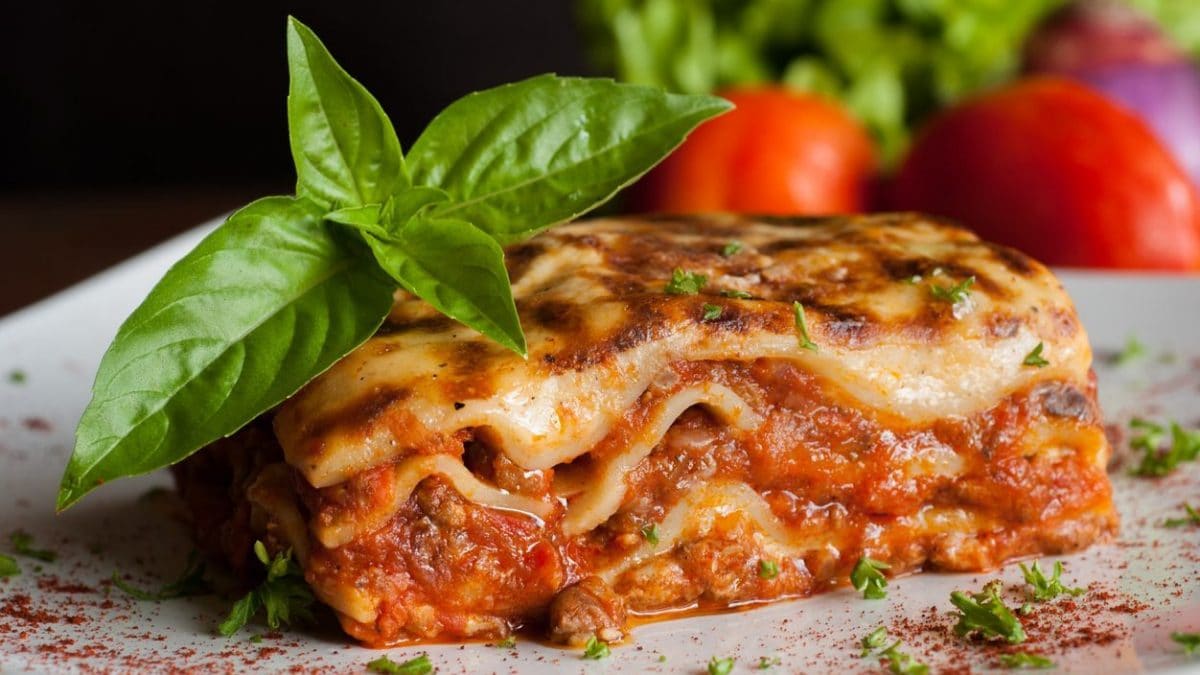
Lasagna is one of the most delicious preparations in Italian cuisine: layers of pasta alternating with inviting sauces, made creamy by the use of béchamel and often stringy thanks to the cheeses. But if everyone thinks they know how to prepare this dish to perfection, often in practice this is not the case: how many dry, poorly seasoned, flavorless lasagnas have you already prepared? From today, lasagna will no longer have any secrets for you: here are all the mistakes to avoid to prepare perfect lasagnas.
1. Choosing the Wrong Pasta
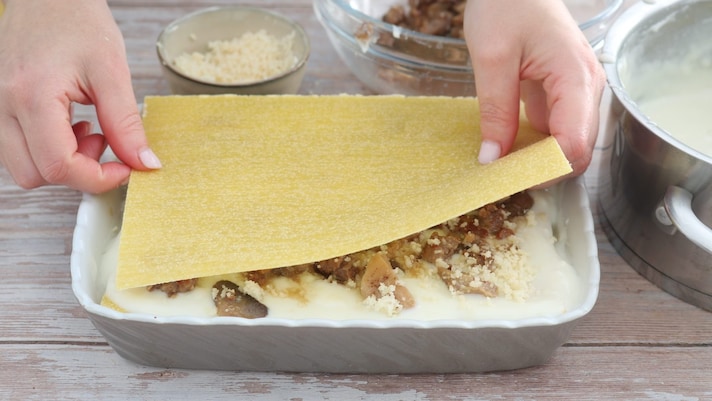
Let's start with the pasta: the best thing to do to prepare excellent lasagna is to start with fresh egg pasta. If you don't have time to prepare it at home, you can opt for the ready-made ones that you can find in grocery stores: if you are in a particular hurry you can blanch them for 1 minute, but it is not a necessary operation, because the fresh pasta cooks in a really short time, between 20 and 30 minutes. Not that dry pasta is bad, but it certainly guarantees a less enjoyable result as well as longer cooking. Preparing fresh pasta at home, moreover, gives you the possibility of flavoring i , for example with spinach, so as to obtain a green pasta, to alternate perhaps with the classic ones.
2. Using Ready-Made Condiments
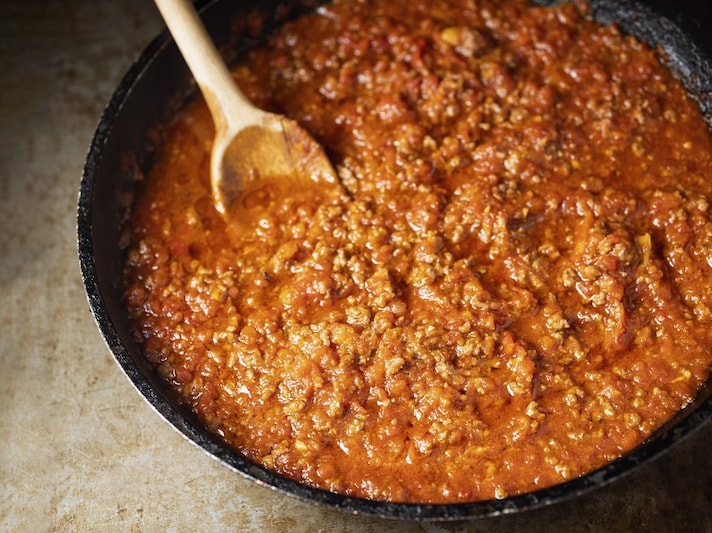
It is clear that using ready-made sauces and béchamel in a bag greatly simplifies the operation: but what about the taste? You might as well buy ready-made lasagna: if you make them at home, preparing the seasoning and béchamel from scratch is a must. As for sauces such as ragù, it is always better to prepare them the day before, so as to give them time to settle, while quicker sauces and seasonings can also be made on the same day. Béchamel is another fundamental step: a very simple recipe if you follow a few small tricks.
3. Being Stingy or Too Generous
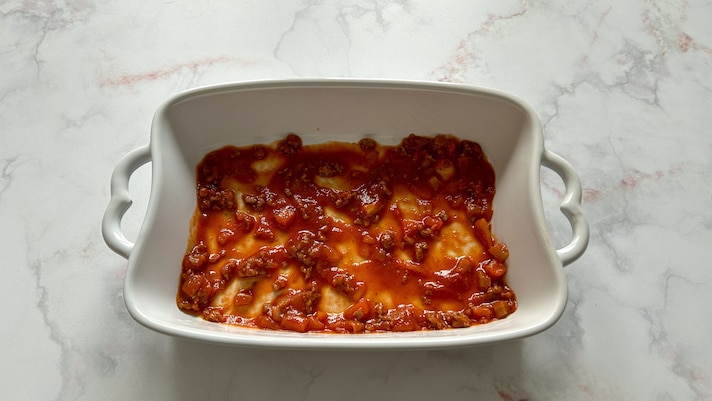
This point is closely linked to the previous one: there must be a balance between solid and liquid elements. Leave the condiments slightly more fluid, both sauce and béchamel, because in the oven they will tend to coagulate: if you don't keep this step in mind your lasagna could be dry and hard. Don't overdo it though: if you leave everything too liquid the sheets will be "boiled" and the result in terms of consistency will be disappointing.
4. Using Parchment Paper
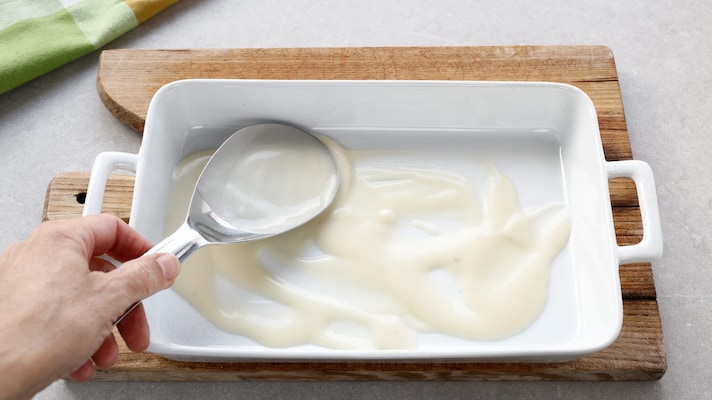
Preparing lasagna using parchment paper as a base is absolutely forbidden: if for cakes and biscuits it is an excellent solution, using parchment paper under the pasta risks creating a real disaster. The humidity of the condiments, in fact, will soak the paper which will become one with the base, with the risk of serving your guests pasta and parchment paper. To prevent the pastry from sticking to the pan at the base, in addition to avoiding using old pans, just put a light layer of sauce or a thin layer of béchamel on the bottom.
5. Making Too Few Layers
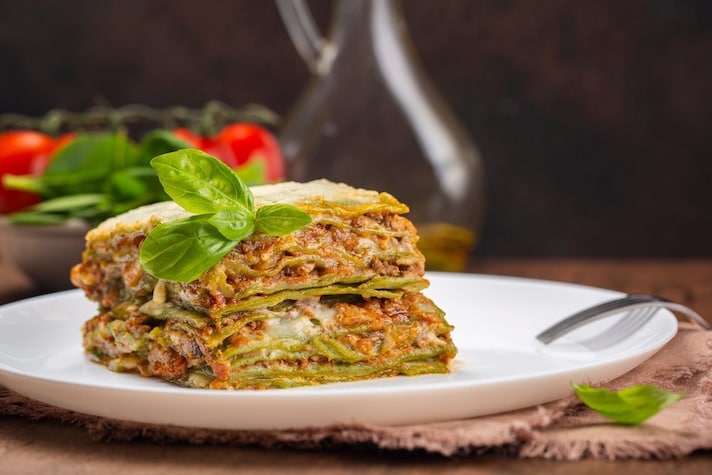
What is the perfect number of layers for lasagna? It is not known, because there is no certain rule: a lasagna that has the right consistency, however, cannot have less than 3 layers. The ideal would be to create 4-5 layers, but that are well seasoned: being stingy with the seasoning between one layer and the next would mean preparing a dry lasagna, with the sheets that stick together. The higher the number of layers, the more generous and quite liquid the seasoning must be, for the reasons explained above.
6. Forgetting the Top Layer
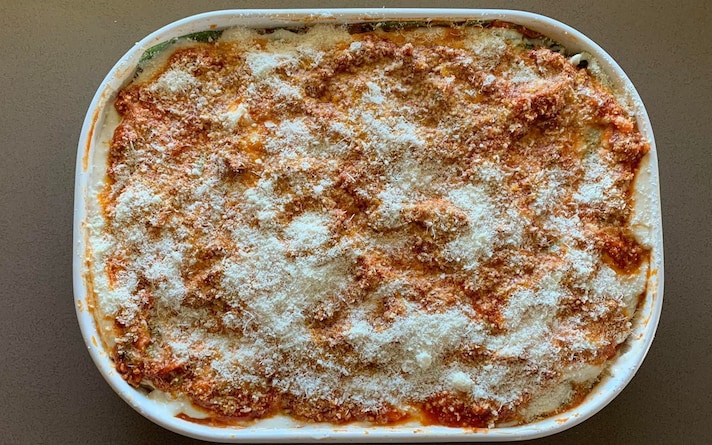
The beauty of lasagna is evident in the top layer: before being cut, there is no way of knowing how it came out underneath. For this reason, the "top" of the lasagna must be well seasoned: a generous layer of sauce and béchamel, taking care to cover the corners too; the sensation of a "burnt" corner is excellent but without seasoning it becomes excessive. Don't skimp on grated cheese or breadcrumbs if you have decided to opt for a light gratin.
7. Don't Create a Crust
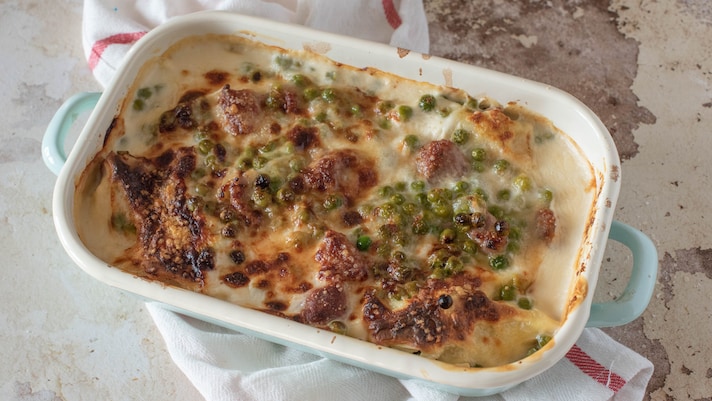
Who doesn't love the crispy crust that forms on top of lasagna? To create the crust without drying out the lasagna, there is a trick and it is easier than you think: cover the lasagna with aluminum foil for the first 30 – 35 minutes of cooking, in this way the heat of the oven will cook the lasagna evenly. After this time, remove the aluminum foil and let it cook for another 10 – 15 minutes: the top will start to brown and the crust will make the lasagna beautiful to look at and good to eat.
8. Don't Letting Lasagna Rest Before and After Cooking
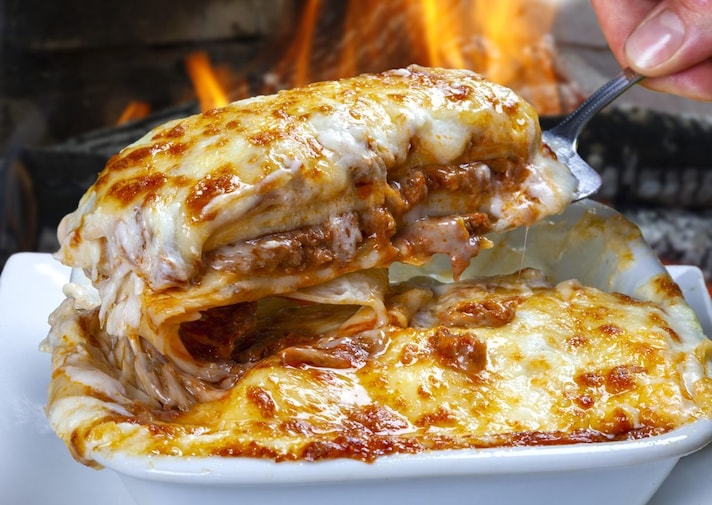
When you prepare lasagna, it is always a good idea to allow for settling times, both before and after cooking. Once you have composed the layers, leave the pan to rest for 15 minutes and only then put it in the oven. The same thing at the end of cooking: cutting the lasagna immediately is in fact a mistake that leads to its decomposition. Take your lasagna out of the oven and leave it to cool for at least 20 minutes, before cutting the first portion.
9. Overcooking Them
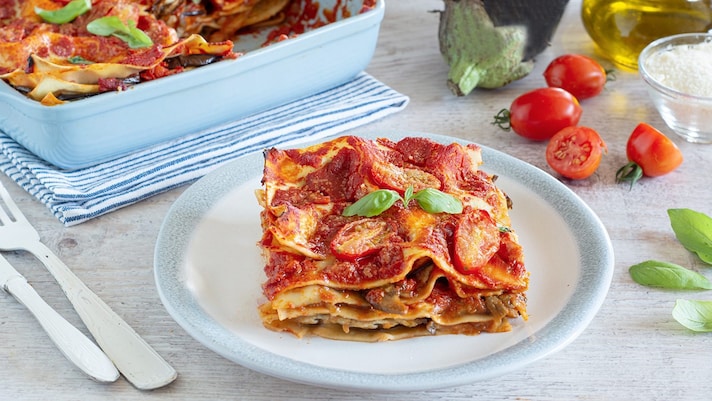
If it’s easy to notice that a lasagna is raw – just stick the tip of the knife between the layers of pasta – it’s more difficult to notice that we’re overcooking it. So respect the cooking times of the recipes and, if in doubt, it’s always better to take them out of the oven a few minutes early, also because the pasta will continue to cook for a few more seconds.
10. Preparing Too Few Lasagna
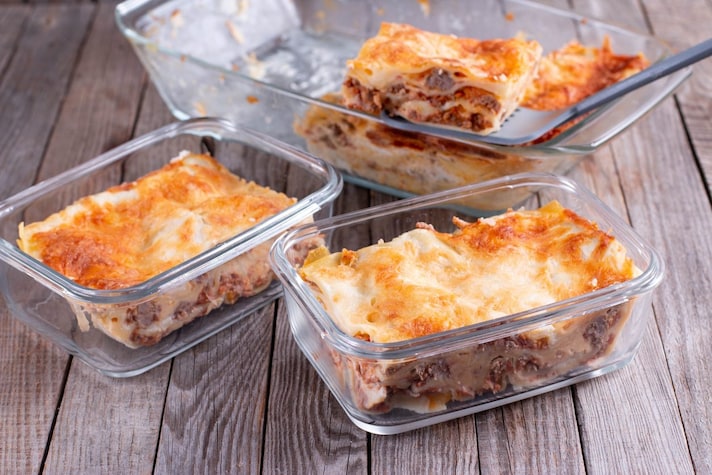
Not only do you need to prepare lasagna in large quantities because it runs out quickly, but also because it tastes even better the next day. If you're short on time, you can decide to make your lasagna and leave it raw in the fridge, so you can cook it the next day, or even cook it completely the day before and then serve it at room temperature.
;Resize,width=767;)
